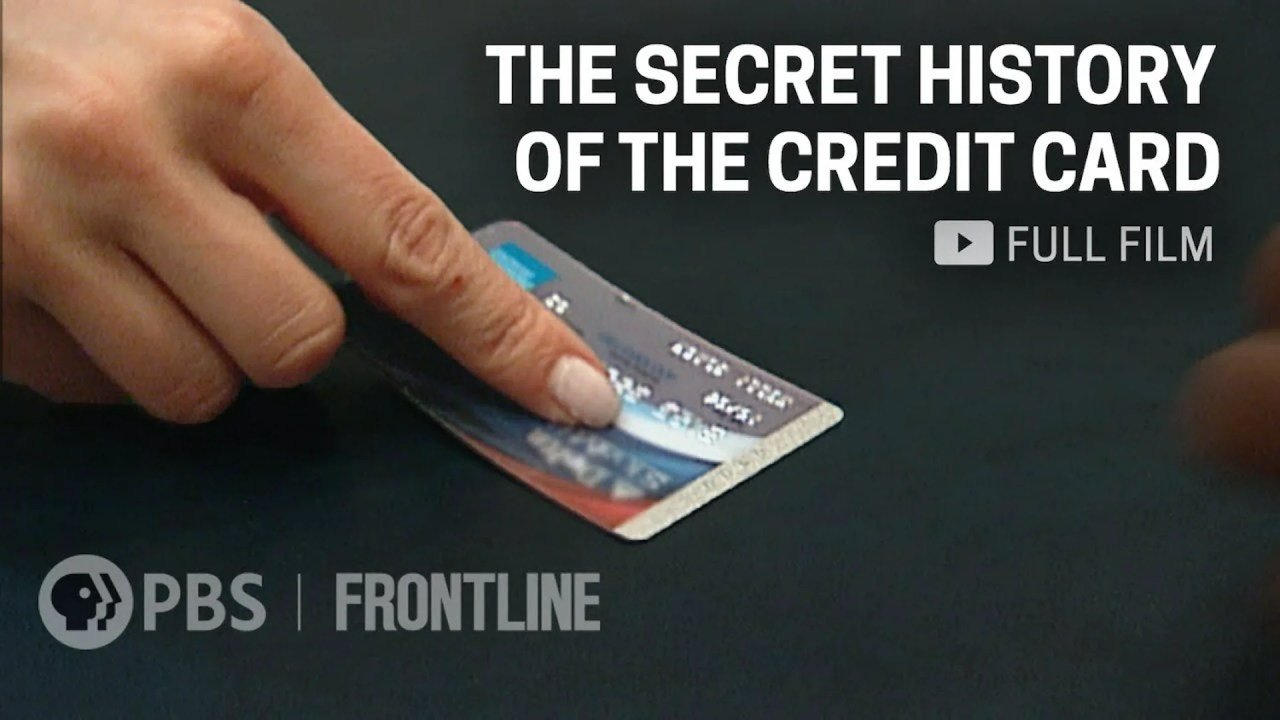The New York Times examine how the credit card industry became pervasive, lucrative, and politically powerful.
Millions of American families use their personal, general-purpose credit cards to make ends meet. With no federal laws on the amount of interest or fees that can be charged, credit cards have become the most profitable sector of the American banking industry.
This documentary uncovers the techniques used by the industry to earn record profits and get consumers to take on more debt.
Some experts argue the profitability of credit cards began when the banking industry successfully eliminated a critical restriction: the limit on the interest rate a lender can charge a borrower.
Deregulation, coupled with a revolution in technology enabled the almost real-time tracking of personal financial information and the emergence of nationwide banking, facilitated the widening availability of credit cards across the economic spectrum. But for some, the cost of credit is often far greater than it appears.





















